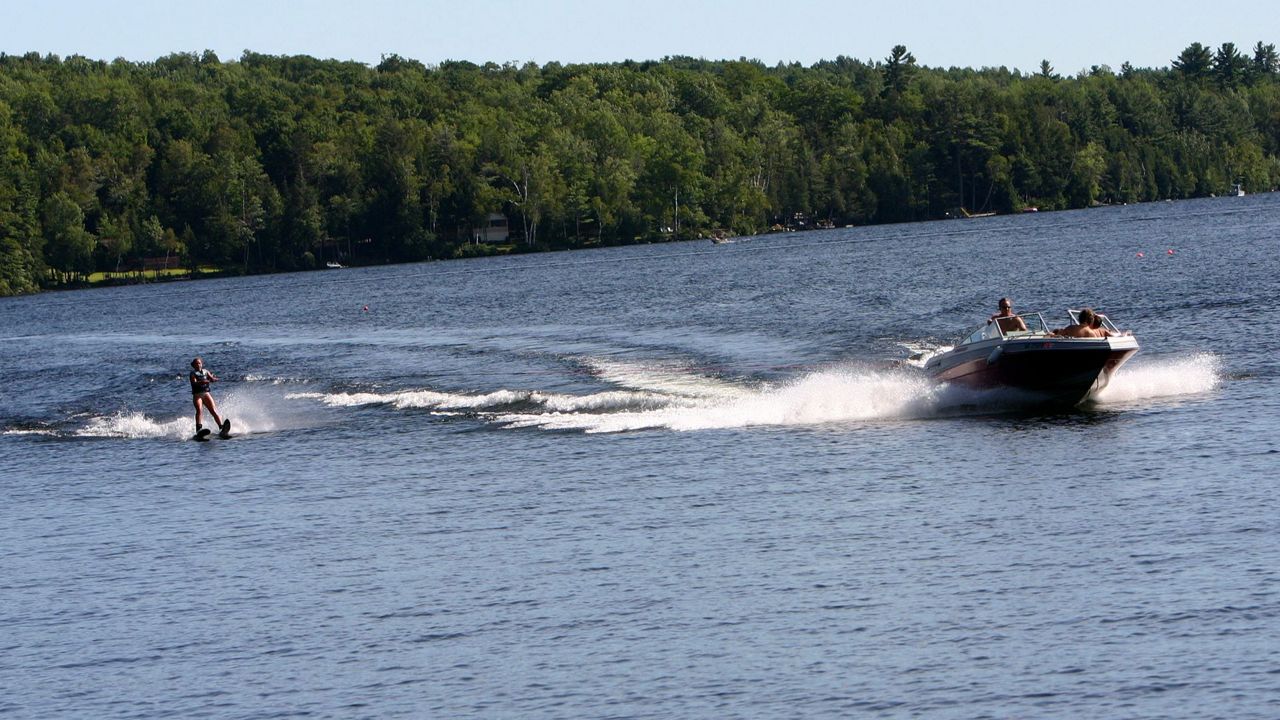If you’ve lived in Texas long enough, you know droughts can have an enormous impact on summer boating. Full lakes have more accessible ramps and fewer hazards to be on the lookout for while you’re on the water. But for many Texas lakes this summer, you’ll need to be tuned into many risks because of our ongoing drought and lower than normal lake levels.
Here are some of the more popular recreational lakes in the area and their current capacities:
Lake Travis : 62.6% full
Lake Weatherford : 77.2% full
Medina Lake : 18.6% full
Lake Worth : 74.5% full
Waco Lake : 79.1% full
North Fork Buffalo Creek Reservoir : 69.9% full
Lake Corpus Christi : 63.6% full
As you can tell, we could use some help from Mother Nature with some good rain events to get these lakes to healthier levels. There are many effects on local lakes when levels are down.
First, some boat ramps just can’t operate when the water recedes too much. One example is the city of Jonestown, Texas, on Lake Travis. They have three operational ramps each summer, but because of the drought, they are going into peak season with only one boat ramp available. It’s not ideal, but it mostly beached their other two slipways at this point. Once residents can’t use their normal ramps, they drive longer distances and seek the handful launches with deeper entrances to the channel, but then overcrowding becomes an issue.
There are also many hazards to be on the lookout for when you are on the water boating at low lake levels. Water depths can change and you always need to be on the lookout. Islands can be present where they weren’t, so you have to navigate with extreme caution. Shorelines are vast and can be extra muddy when docking.
There are many economic effects too. Boat ramps, some lakeside restaurants and marinas just can’t stay open when there isn’t enough water to support their businesses. Often docks and floating structures can let stack out of their grounding cables to adjust for water levels, but there are limits. If the channels lose enough flow, they will become dry-docked themselves and will shut down for the season.
Another thing people rarely think about is how over populated the lakes become when lake levels aren’t cooperating. Think about it, you have decreased the lake’s shoreline square footage that doesn’t mean that people won’t continue to want to use their boats recreationally. So be weary of the extra traffic and try to plan around peak times of the day for better safety, especially when skiing or tubing.
Overall, low lakes tend to not be as pretty as the lower they get. Seeing bare shorelines where beautiful waters used to flow isn’t easy for anyone to see. Sometimes we just have to wait it out for sizable rains to help our lakes recover.



